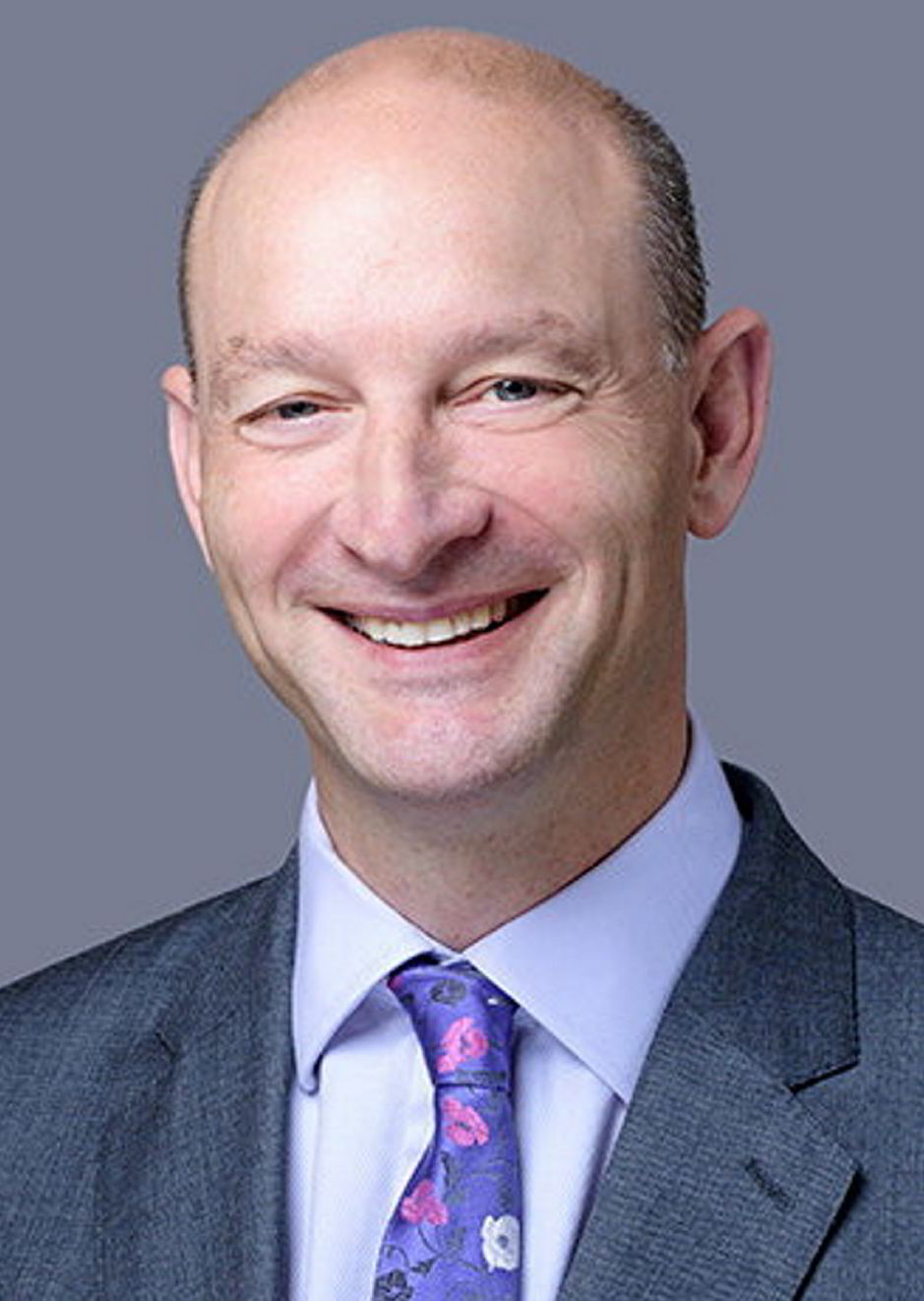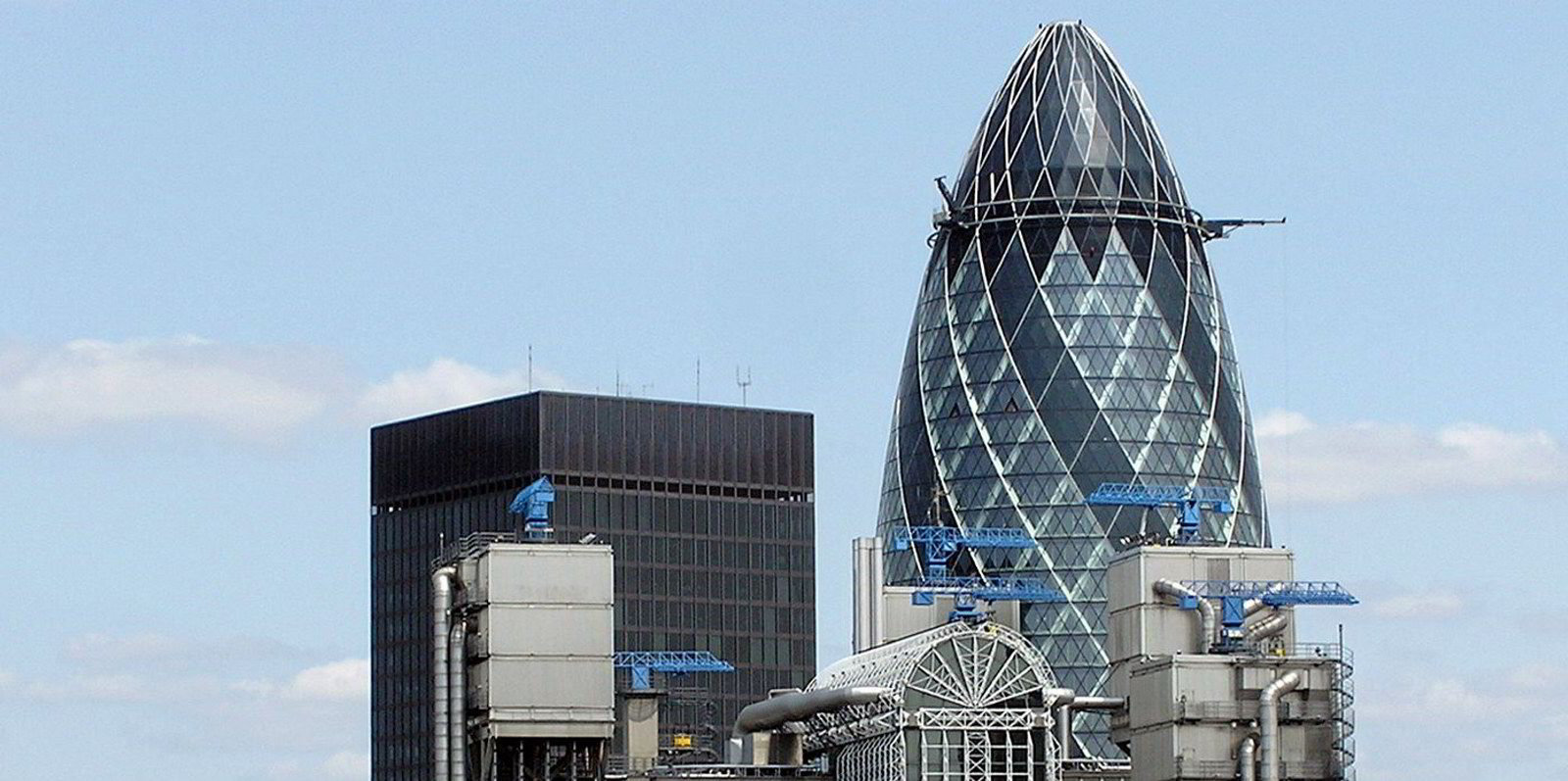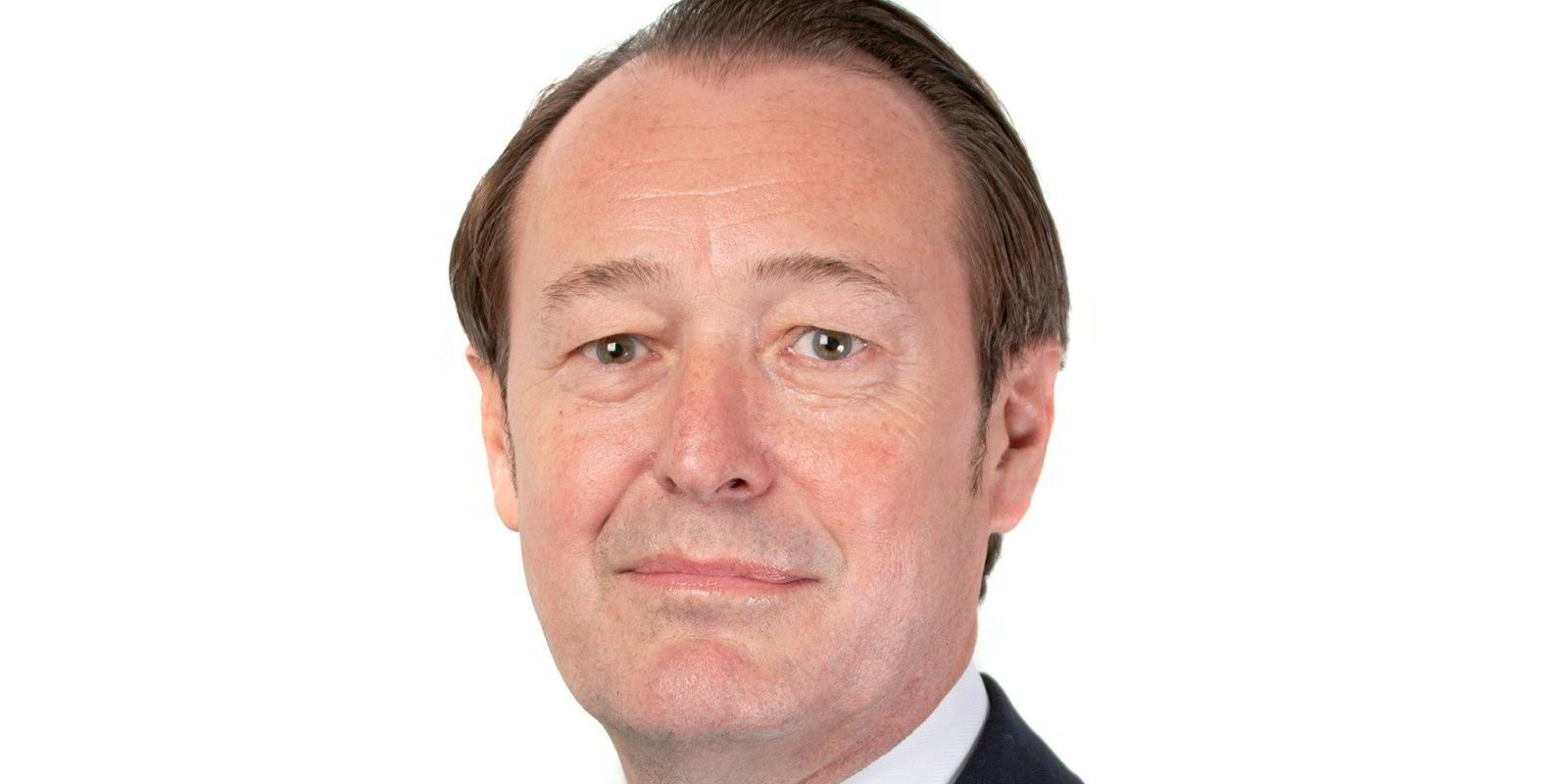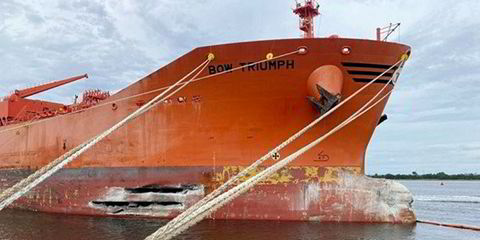Protection and indemnity clubs are attempting to push through another year of double-digit rate increases as they manage the fallout from the war in Ukraine from behind the scenes.
Russian tanks rolled across the Ukraine border just a few days after the last P&I renewal in 2022, and the repercussions are still being felt as the 20 February date approaches again.
The war has created a sanctions nightmare for the P&I clubs. Its disastrous impact on global financial markets and inflation has also ramped up pressure on the clubs to squeeze more premium from their shipowner members.
The war has directly impacted cover at the renewal. The International Group of P&I Clubs’ renewing $3bn general excess of loss policy will include Russian and Ukraine territorial exclusion clauses for war risk. The same exclusions apply to fixed premium policies.
The clubs have also had to secure attestations from their members that if they carry Russian oil then it will be in line with the price cap set by Western governments in their latest round of sanctions.
While compliance work has increased, there is also a lot of uncertainty in the Russian oil trades, particularly when it comes to sourcing the origin of oil products.

“We have to rigorously check all Russian oil business and do everything we can to comply, but it is never clear cut,” one underwriter said. “If you ask two different lawyers about a trade, you will generally get two different answers.”
Sanctions have also resulted in P&I clubs losing income from tonnage, ranging from tankers and LNG carriers operated by Russian tanker giant Sovcomflot (SCF Group) to the luxury mega-yachts owned by Russia’s billionaire oligarchs.
The economic impact of the conflict is also a major factor behind the move to raise rates. Clubs argue that they have to prepare for the impact of inflation on claims and to repair the damage wreaked by investment losses on the bottom line.
General increases
The average general increase among the 13 members of the International Group is around 9%, but 10 of these P&I clubs are asking their members for a 10% general rise, with even higher rates to be paid by members with a poor record.
At the lower end, Shipowners’ Club is the only mutual to declare a zero general increase, while Gard is targeting 5% and Steamship Mutual 7.5%.
This year will be the third successive year of substantial rate rises.
Over recent years, clubs have justified the increases based on three exceptionally high International Group pool claim years, of around $500m annually since 2019, which have exposed inadequate premium levels.
This year, there is only one substantial International Group pool claim that is well within the pool retention of $100m. Covid-19-related claims, which have also hurt P&I finances, are also no longer a factor.
As a result, most clubs’ financials have indicated a marked improvement in underwriting performance in the first half of the current policy year due to reduced claims. Combined ratios for the 2022/2023 year are expected to average less than 110%, well down on the 125% of the previous year.
The main argument for the current rises is that premium income is still insufficient and that a dip in investment returns and a rise in inflation stoked up by the Russian conflict requires higher rates.
Volatile factors

Claims and investment income represent the two most volatile factors in the P&I accounts and, over the past few years, healthy investment returns have been used by the clubs to offset underwriting losses.
As equity and bond markets faltered in the economic fallout from the war in Ukraine, underwriting losses — although improved — have now started to deplete the P&I club’s capital reserves.
While the collective International Group free reserves still stand at more than $5bn, and most clubs are well above capital adequacy requirements, rating agencies have taken a dim view of recent P&I accounts and started to downgrade poor performers.
The Swedish Club, West of England P&I Club and Japan Club had their rating downgraded this year.
The importance of the S&P Global ratings was most clearly demonstrated by the Japan P&I Club.
It was downgraded to a BBB rating with a stable outlook, and has been forced to take action to make sure it does not slip to BBB- status, which would not comply with International Group membership conditions.
Japan Club director general Shizuho Takahashi said the downgrade was due to a “significant decrease in the reserve resulting from an underwriting deficit” in the last fiscal year.
Are rates justified?
“The association should stabilise and strengthen the financial ground urgently to avoid further downgrades,” he said.
The smaller P&I clubs seem to have come off worst from the ups and downs of the market, with the London Club, American Club and Japan Club being forced into supplementary calls in the last two years.
The question is whether P&I clubs can convince members that the rate rises are justified.
One issue for underwriters is that through the mutual system, International Group pool claims count against an individual club member’s loss record.
Many owners will be showing significantly improved loss records — and significantly higher levels of retained premium — because of the lack of pool claims, which will make it more difficult for underwriters to argue for rate increases.







